BUY IT AT AMAZON: CLICK HERE!
STUDIO: Koch-Lorber Films
MSRP: $26.98
RATED: R
RUNNING TIME: 94 Minutes
SPECIAL FEATURES:
• Behind-the-scenes featurette
• PSA from the National Suicide Prevention Lifeilne
The Pitch
"Ever
had a really bad day? I mean a really
bad day? Probably not this bad."
The Humans
The sort
of men and women who usually end up nameless to everyone but those who loved
them, given a strength of memory by director Eric Steel.
The Nutshell
of suicides per year. For one of those years, Eric Steel and his crew set up
their cameras, trained them on the bridge, and caught several suicides and
attempted suicides. The filmmakers then set up interviews with the surviving
family and friends to create final portraits of the men and women who took
their lives into their own hands and smashed them.
The Lowdown
This is
something of a perfect storm review for me. I have to disclose first thing that
I became deeply emotional during this film, with good reason. I suffer from a
clinically-diagnosed depression, for which I take medication and undergo
therapy. I’m far from unique in my condition, but I wanted to make clear that
Steel’s mature and guileless exploration of suicide hit me on the experiential
level, which could very well color my opinion of the film. I have a tendency to
fawn over any fiction or nonfiction that presents such mental illnesses as a
disease rather than a scene.
I also
made the mistake of viewing The Bridge on a day in between meds.
It would
be easy, then, for me to ascribe a great weight to Steel’s film. I won’t,
deliberately, because this is a documentary completely unconcerned with
assuming such importance. It’s a film almost without thesis, without
communicated concern beyond filling its frames with raw humanity. There’s no
interference by the filmmakers. Those who loved the suicides, after their own
fashion, speak their candid, baffled, broken stories. And, in a decision sure
to raise a dissonant note of ethical concern, there is no interaction with the
suicides themselves (barring the one failed attempt) apart from observing their
bodies and distant, blurry faces tumbling from the rails.

As a film
concerned with the distances that stretch between people, The Bridge does two
things remarkably well: Displaying the humanity of its interview subjects, and
ascribing humanity to the suicides. The skill necessary to create a texture of acceptance,
denial, anger, and more out of brief interviews with people of no special
import can’t be overlooked. In the interview segments, Steel and his crew
capture a startling amount of insight into the lives of the survivors and, one
step removed, into those of the suicides. The editing deserves a lot of the
credit, here. The different subjects are balanced throughout the film, picking
up with one of the suicides, intercutting with another, concluding the first
and moving to a third; it’s a complicated layering of individuals, and it works
wonders. While some of those individuals reach no greater insight than that
their suicide is in a better place, the creation of context within the film lends
even those small clichés an air of wisdom, as one part of a larger
understanding.
I was
consistently spellbound by Steel’s ability to penetrate the emotions of his
subjects, but even moreso by what is built out of the suicides themselves. We
get to see them wandering back and forth on the bridge. They lean over the
railings; they wave aside concerned passers-by; they prepare; they lose their
courage. They jump. These sequences look like the sort of things you’d find
drifting through the seas of viral videos online, but when watching The
Bridge you feel no cheap thrill. Your heart picks up, but it’s out of
sympathy for the human being, out of recognition of the strange, contorted
logic that has rewired their brains.
You know
that feeling where you want to scream at a fictional character to do something
differently? This time, Lancelot, don’t fail your king. This time, Hamlet,
don’t listen to your uncle. I predict you will never feel that moreso than when
one of Steel’s subjects vaults the railing, pauses for half a second, then
shoves clear.

By
imbuing such a spirit of humanity in these subjects, Steel has done something that
I think is both quiet and important. Suicide, as an extension of depression or
other mental illnesses, isn’t well understood by society at large. It’s an
anomaly, usually attributed to selfishness, when a motivator can be attached at
all. Here, Steel has done the best thing he can to communicate to a wide
audience: he has put human faces on a complicated subject. We can relate to
real humans, and Steel portrays them well, the living and the dead.
As an
educational tool, it’s also worth noting that the one surviving suicide attempt
is given extensive coverage in the latter third of the film, and has a lot to
share about the specifics of bipolar disorder. "Bipolar" is one of
those buzzwords , one of the chic diagnoses going around these days, but here
you’ll find a succinct example of how it affects a life and how it can be
contained.
I’m
finding that the other notes I’ve taken on this film all relate to me,
personally, and aren’t really suited for this review. This film has been on my
mind for a solid week, now, as I’ve dug for the words to give it proper
consideration. I will be encouraging as many people as I can to watch this, as
an example of how compelling nonfiction can be, and how such minimal strokes
can be used to illuminate a cloudy subject.
The Package
There’s
nothing much to accompany the film, apart from a behind-the-scenes featurette
and a public service announcement from the National Suicide Prevention
Lifeline.
9 out of 10

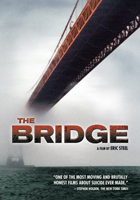

 Because it stars Simon Pegg, we’ve been following the casting news for
Because it stars Simon Pegg, we’ve been following the casting news for  Shoot ‘Em Up
Shoot ‘Em Up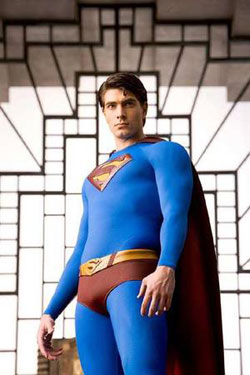 For most actors the dilemma about taking a superhero franchise role is whether or not that part will typecast them forever. Brandon Routh, meanwhile, is just worried about get cast – the guy’s career has been suspiciously quiet ever since
For most actors the dilemma about taking a superhero franchise role is whether or not that part will typecast them forever. Brandon Routh, meanwhile, is just worried about get cast – the guy’s career has been suspiciously quiet ever since  BUY IT AT AMAZON:
BUY IT AT AMAZON: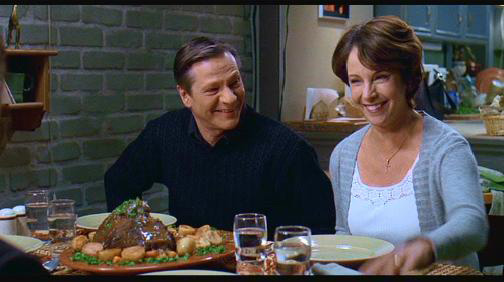

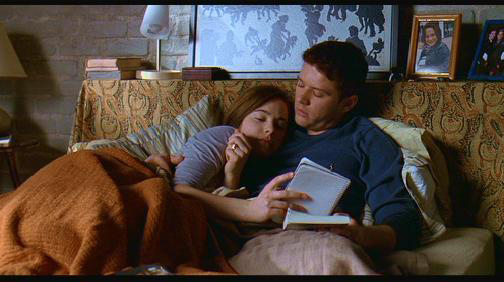
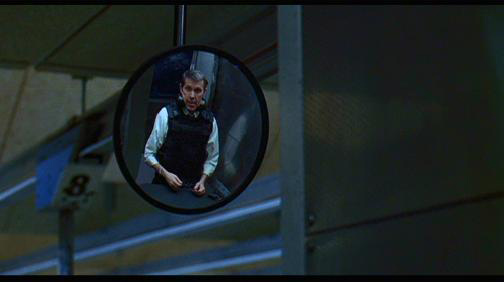
 Robert Redford’s
Robert Redford’s 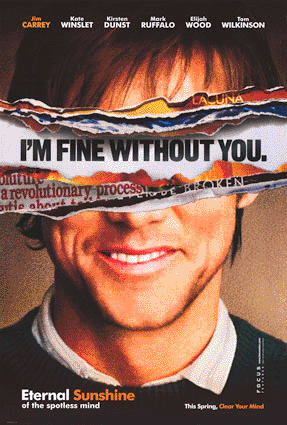 Did you happen to see that disheveled, pantsless, cake-smeared individual doing the Charleston down Barham this morning? No, no, no… not Tim Conway. The other one who looked a little like Jim Carrey in the middle of a Martin Lawrence-scale meltdown. I’m pretty sure that was
Did you happen to see that disheveled, pantsless, cake-smeared individual doing the Charleston down Barham this morning? No, no, no… not Tim Conway. The other one who looked a little like Jim Carrey in the middle of a Martin Lawrence-scale meltdown. I’m pretty sure that was  Yesterday I saw
Yesterday I saw 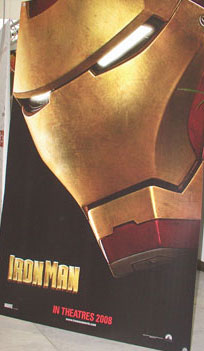
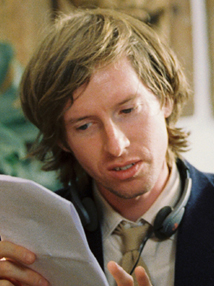 If Devin wasn’t moving to L.A. in the next couple of weeks, he might have been able to cover this year’s 45th annual New York Film Festival, in which case he would have been among the first to see Wes Anderson’s new
If Devin wasn’t moving to L.A. in the next couple of weeks, he might have been able to cover this year’s 45th annual New York Film Festival, in which case he would have been among the first to see Wes Anderson’s new